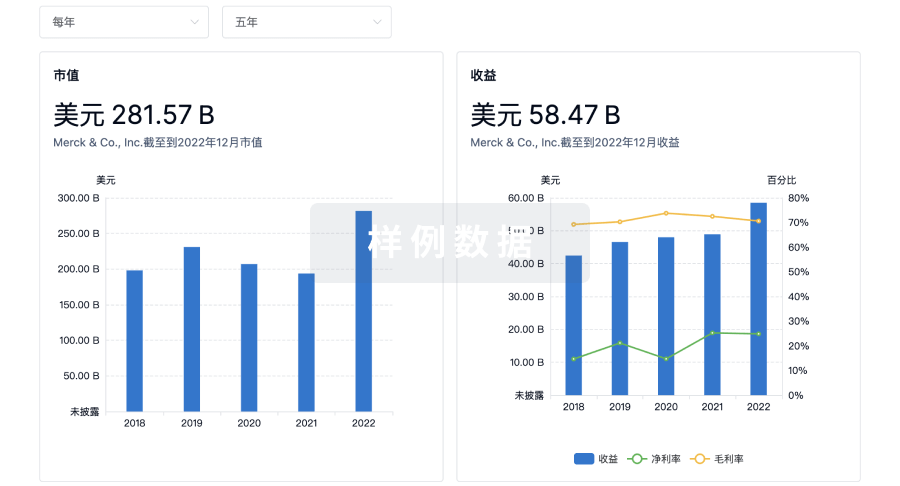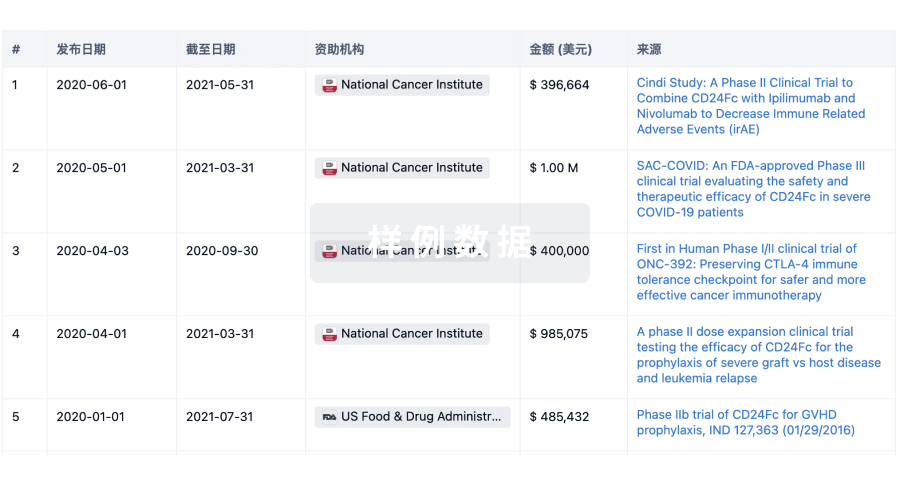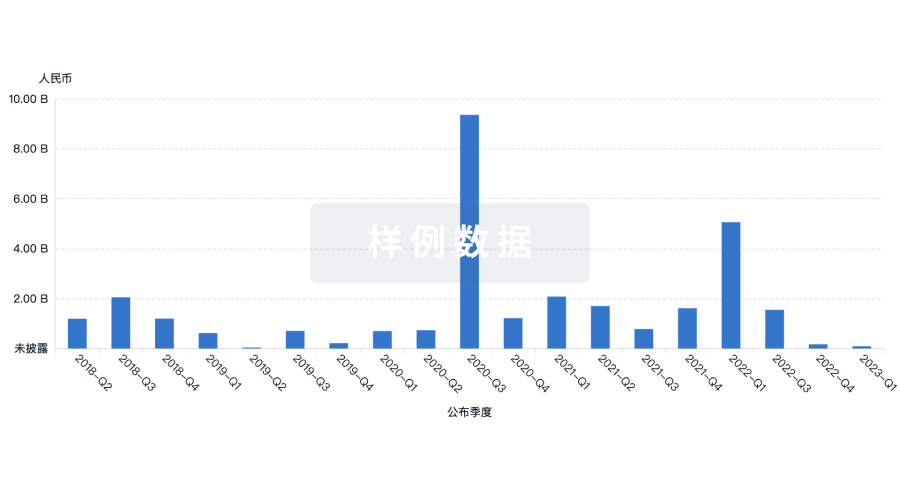预约演示
更新于:2025-05-07
Centro de Biología Molecular Severo Ochoa
更新于:2025-05-07
概览
标签
肿瘤
小分子化药
关联
1
项与 Centro de Biología Molecular Severo Ochoa 相关的药物靶点 |
作用机制 SYNGAP1 inhibitors |
在研适应症 |
非在研适应症- |
最高研发阶段药物发现 |
首次获批国家/地区- |
首次获批日期- |
1
项与 Centro de Biología Molecular Severo Ochoa 相关的临床试验NCT02243683
A Randomized, Placebo Controlled, Double Blind, Dose Escalating, Crossover, Safety and Pharmacokinetic Study of AX-024.HCl in Healthy Male Subjects
The purpose of this study is to determine the toxicity, tolerability and safety of single ascending doses of AX-024.HCl in healthy male subjects.
开始日期2014-09-01 |
申办/合作机构 |
100 项与 Centro de Biología Molecular Severo Ochoa 相关的临床结果
登录后查看更多信息
0 项与 Centro de Biología Molecular Severo Ochoa 相关的专利(医药)
登录后查看更多信息
1,875
项与 Centro de Biología Molecular Severo Ochoa 相关的文献(医药)2026-01-01·Neural Regeneration Research
GEMIN5 and neurodevelopmental diseases: From functional insights to disease perception
Article
作者: Francisco-Velilla, Rosario ; Martinez-Salas, Encarnacion
2025-12-01·Functional & Integrative Genomics
Linking genomic and proteomic signatures to brain amyloid burden: insights from GR@ACE/DEGESCO
Article
作者: Boada, Mercè ; Piñol-Ripoll, Gerard ; Aguilera, Nuria ; Gómez-Garre, Dulcenombre ; Marquié, Marta ; Cano, Amanda ; Martínez Larrad, María Teresa ; Pytel, Vanesa ; Tárraga, Lluís ; Franco-Macías, Emilio ; Royo, Jose Luís ; García-Sánchez, Ainhoa ; García-Gutiérrez, Fernando ; Pérez-Tur, Jordi ; Sáez, María Eugenia ; Cabrera-Socorro, Alfredo ; Real, Luis Miguel ; Ruiz, Agustín ; Sanabria, Ángela ; Medina, Miguel ; Orellana, Adelina ; Sotolongo-Grau, Oscar ; García-Alberca, Jose María ; Mir, Pablo ; López de Munain, Adolfo ; Puerta, Raquel ; Rodriguez-Rodriguez, Eloy ; García-González, Pablo ; Tartari, Juan Pablo ; Alegret, Montse ; Olivé, Clàudia ; Quintela, Inés ; Montrreal, Laura ; Álvarez, Victoria ; Sánchez-Valle, Raquel ; Valero, Sergi ; Sánchez Juan, Pascual ; Lage, Carmen ; Carracedo, Ángel ; de Rojas, Itziar ; Cavazos, Jose Enrique ; Alarcón-Martín, Emilio ; Bullido, María J ; Corbatón Anchuelo, Arturo ; Pastor, Pau ; Dols-Icardo, Oriol
2025-12-01·Journal of Sport and Health Science
Sexual dimorphism on the acute effect of exercise in the morning vs. evening: A randomized crossover study
Article
作者: Garcia-Consuegra, José ; Gonzalez-Garcia, Pilar ; Riquelme-Gallego, Blanca ; Ruiz, Jonatan R ; Sevilla-Lorente, Raquel ; Martinez-Gálvez, Juan Manuel ; Cogliati, Sara ; Aragon-Vela, Jerónimo ; Marmol-Perez, Andres ; Lopez, Luis C ; Alcantara, Juan Manuel A ; Amaro-Gahete, Francisco José ; Salmeron, Luis Miguel ; Rodríguez-Miranda, María de Las Nieves ; Molina-Garcia, Pablo ; Huertas, Jesús R
100 项与 Centro de Biología Molecular Severo Ochoa 相关的药物交易
登录后查看更多信息
100 项与 Centro de Biología Molecular Severo Ochoa 相关的转化医学
登录后查看更多信息
组织架构
使用我们的机构树数据加速您的研究。
登录
或

管线布局
2025年09月10日管线快照
管线布局中药物为当前组织机构及其子机构作为药物机构进行统计,早期临床1期并入临床1期,临床1/2期并入临床2期,临床2/3期并入临床3期
药物发现
1
登录后查看更多信息
当前项目
| 药物(靶点) | 适应症 | 全球最高研发状态 |
|---|---|---|
AIK-4 ( SYNGAP1 ) | 肿瘤 更多 | 药物发现 |
登录后查看更多信息
药物交易
使用我们的药物交易数据加速您的研究。
登录
或

转化医学
使用我们的转化医学数据加速您的研究。
登录
或

营收
使用 Synapse 探索超过 36 万个组织的财务状况。
登录
或

科研基金(NIH)
访问超过 200 万项资助和基金信息,以提升您的研究之旅。
登录
或

投资
深入了解从初创企业到成熟企业的最新公司投资动态。
登录
或

融资
发掘融资趋势以验证和推进您的投资机会。
登录
或

Eureka LS:
全新生物医药AI Agent 覆盖科研全链路,让突破性发现快人一步
立即开始免费试用!
智慧芽新药情报库是智慧芽专为生命科学人士构建的基于AI的创新药情报平台,助您全方位提升您的研发与决策效率。
立即开始数据试用!
智慧芽新药库数据也通过智慧芽数据服务平台,以API或者数据包形式对外开放,助您更加充分利用智慧芽新药情报信息。
生物序列数据库
生物药研发创新
免费使用
化学结构数据库
小分子化药研发创新
免费使用

